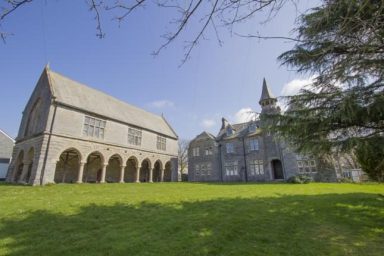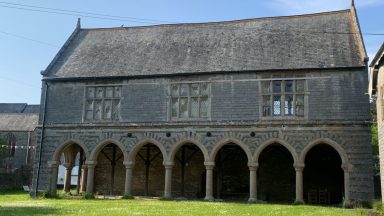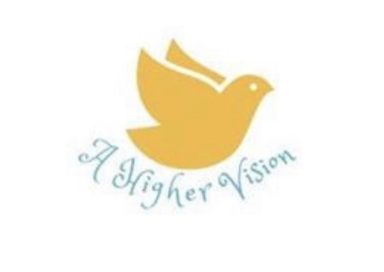The Old Grammar School Project

The "cradle of English Art"
Our Mission
To bring national and international recognition to the historic building as the "cradle of English Art".
The Old Grammar School History
“The Grammar School started here in 1658. Samuel Reynolds was the fourth Head Master. His seventh son, Joshua Reynolds grew up in the old Head Master's House. He became the first President of the Royal Academy and a very active president. He transformed the status of English Art, so it was no longer a craft but it was on a more equal fitting with literature, with architecture, with the theatre. Undoubtedly he was the most important artist in the eighteenth century. He was followed here, Head Boy in 1801, by Benjamin Haydn (1786-1846), an artist inspired by Reynolds, very much part of the romantic movement……… always pressing the idea of Education and Art; from him, we have the Royal College of Art. He was followed by Charles Lock Eastlake (1793-1865), who became President of the Royal Academy, and, was the first Director of the National Gallery,…Trafalgar Square. He went throughout Europe and acquired over 100 paintings. The National Gallery is what Eastlake gave us. He revolutionized the way paintings are hung, displayed”. He was the secretary of the Fine Commission of Arts and involved in the Great Exhibition, in the redecoration and refurbishment of the Houses of Parliament, and, was the first President of the Royal Photographic Society.
Architecture
The Old Grammar School, a grade II listed historic building, referred to as "the best Jacobian building West of Bristol" was built in 1664. It housed Hele’s School which was meant for charity yet most of the local gentry sent their children to the school. Many renowned historical personages of the art world have come out of the school. The School was possibly designed by the architect of Charles Church, Plymouth. A cloister of arches and columns decorated in contrasting bands of lime-stone and granite, supports the schoolroom. It has five large mullioned windows. Above the schoolroom door is a small gallery where the Headmaster could stand to watch his pupils at work. The School is referred to by the Devon historian, W.G. Hoskins, who says, "Few schools in England can have such rich associations in the history of painting, but few towns in England can have been so un-aware of their greatest son".
Events
In 1973, on the occasion of the 250th anniversary of Reynolds' birth, the Civic Association, in conjunction with Plympton Grammar School, arranged various celebrations including the donation of wrought iron gates to the old School. They were ceremonially opened by Sir Thomas Monnington, the President of the Royal Academy.
Notable Alumni
Other notable pupils who also became artists include James Northcote (1746- 1831), Benjamin Haydn (1786-1846) and Charles Lock Eastlake (1793-1865). Another former pupil was Jack Russell, the famous hunting parson, and breeder of the terrier. He became, as he said, "Cock of the walk", after beating, in a fight, Bulteel, the son of a well-known local family.
With continued growth in numbers, Hele’s School moved out of Plympton St. Maurice in 1937 to its present site in Stone Barton.
5
Members
30
CONTRIBUTORS
5
VOLUNTEERS
Let's start building together
The aim of A Higher Vision CIC is to highlight the history and renown of the Old Grammar School to set up an Art & Music Community Hub on its premises.
Education
Community


We need your consent to load the translations
We use a third-party service to translate the website content that may collect data about your activity. Please review the details in the privacy policy and accept the service to view the translations.

